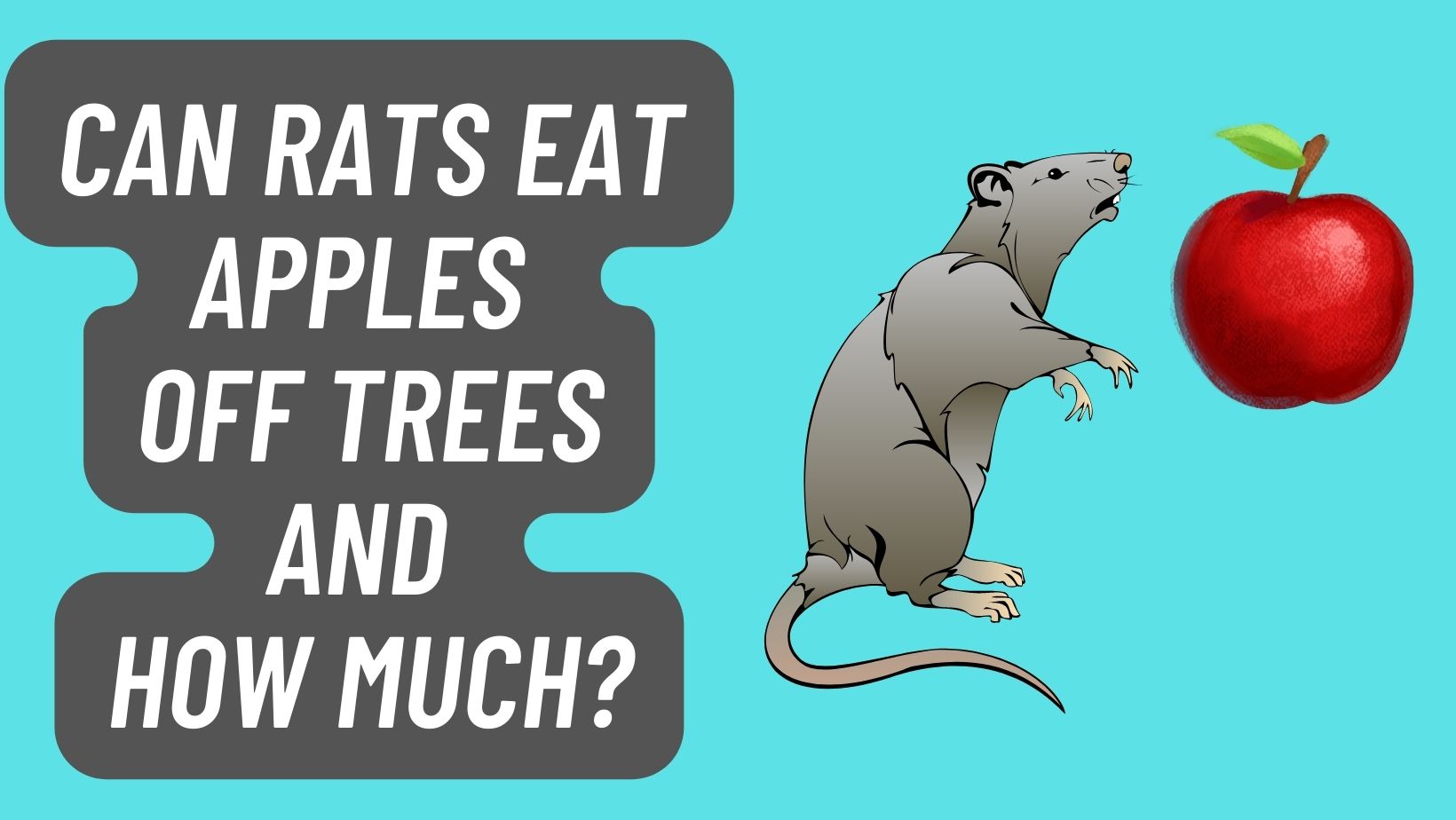Can rats eat apples off trees? Or is it toxic?
Apples are a way of providing your pet rat with a balanced treat. Diet is important to every living thing in the world, be it animals or humans.
Fruits serve as good sources of nutritional feed to rats. However, knowing which and what part of foods to feed and which to avoid is primary.
Can Rats Eat Apples off Trees and How Much?
Yes, rats can safely consume apples. It can be served with foods or served as foods. The skin and pulp pose no threat to your pet mice, mouse, and rat but the seed does!
Keep your domesticated rat away from the seeds since they contain certain levels of cyanide in them. Like every other treat for rats, we recommend feeding small quantities to your pet.
READ MORE: Can Rats eat Grapes?
If uneaten apples have stayed long in the cage, we recommend taking them out before it gets spoiled and poisons your rat.
A rat’s stomach is sensitive and could trigger diarrhea and indigestion so you need to feed them in moderation.
Do rats eat apples off trees?
We recommend chopping them into tiny pieces and place them in their feeding bowl. That way, your pet rat can eat it faster than a whole apple.
Optionally, you can cut it in half, eat the first half and give the other half to your rat to snack on. This way, you both enjoy a yummy treat.
Can Apples eat Apple Skin?
Yes, the skin is nutritious to rats and are safe to eat.

Can Rats eat Apple Seeds?
Although apple symbolizes life and health, you SHOULD NEVER FEED THEM IT’S SEEDS.
Apple seeds contain traces of cyanide and are harmful to rats. When consumed in large quantities, your pet mice or rat could suffer from cyanide poisoning.
ALSO SEE: Can Rats eat Chocolate?
So, we suggest you take away it’s seed before chopping or slicing it to serve your pet as a treat. Avoid feeding too many raw apples, to prevent diarrhea.
Can Rats eat Apple Slices?
Yes, rats would eat apple slices.
Can Rats eat Apple Leaves?
Only in smal quantities. Rat’s would prefer to go after apple fruits instead of leaves.
Can Rats have Apple Juice?
Yes, rats can have apple juice but only in small quantities.




